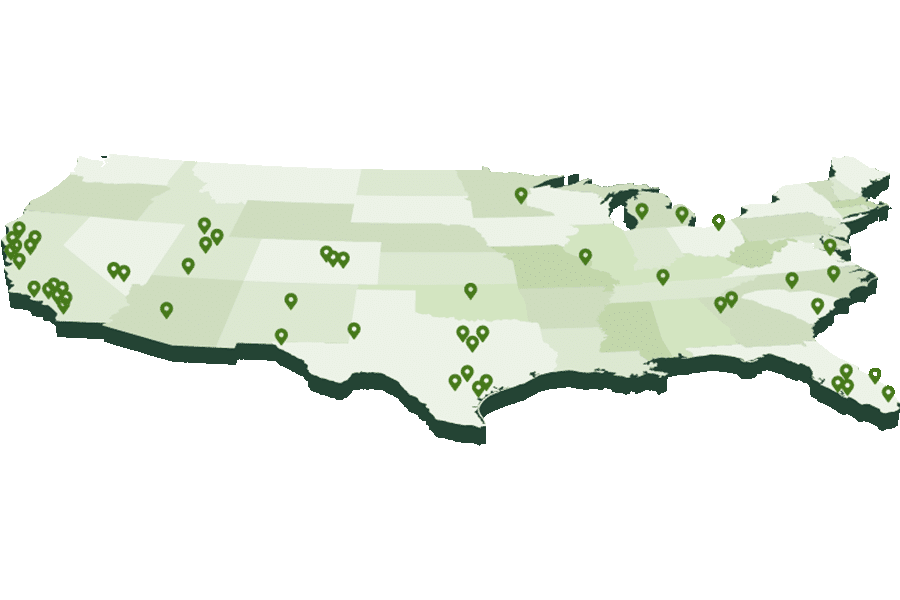Design & Engineering
When you approach a synthetic grass project, it has to be with a mindset of longevity. How the job is engineered and built has a direct effect on your ability to achieve design objectives and deliver a solid, stable installation.
The Purchase Green Standard Installation Guideline for Landscape and Lawns will focus on how to achieve natural looking lawn installations. The tips and techniques learned here can be incorporated into any plan.
One of the first considerations is what type and amount of site preparation is required. It can be to your advantage to excavate out problem concrete, asphalt, soils or other existing materials and import appropriate base materials into the site to insure a stable outcome.
As a basic rule of thumb, the final grade of the project, use and accessibility requirements will have to be taken into consideration prior to job start. If concrete or asphalt areas drain properly, synthetic grass and artificial turf can be placed on top.
When installing over native soil conditions, fabrics are very important for the long-term stability of your projects. If you have highly expansive soils such as clay, start with a durable and porous synthetic fiber (woven or non-woven) and install it over native soils and then add your imported base layers, as required by your design. If your native is closer to bedrock, you can install your base without the use of a fabric
A minimum of 2 to 3 inches of compacted aggregate materials UNDER synthetic grass surfaces are installed over soil stabilizing fabrics, on top of native soil conditions (sub-base materials).
If your final grade needs to be LEVEL with existing hardscape elements such as walkways, patios or driveways, allow for adequate excavation and estimate base materials to raise the base, after compaction to approximately ½ inch below the grade of the hardscape element.
To achieve a CROWNED look against hardscape, import additional materials and shape the base, during compaction, appropriately. Your hardedge should still be set, after compaction, at approximately ½ inch below the grade of the hardedge. To provide for additional watershed, you may choose to install a small channel of drain rock, prior to adding base materials, as shown. Combined with the proper use of soil stabilizing fabrics, the drain rock channel (French drain) will allow watershed to fall below the surfaces and channel out, without the risk of erosion.
When installing synthetic grasses against or in between large areas of concrete or asphalt that tends to shed water into the turf areas, allow for additional excavation, several layers of mixed base materials and the possibility of additional drainpipes, catch basins, connectors and drain rock as shown to the left.
Synthetic grass areas can accommodate any conditions as long as the site is engineered to perform, under the requirements of local weather, weight load, traffic and use.



